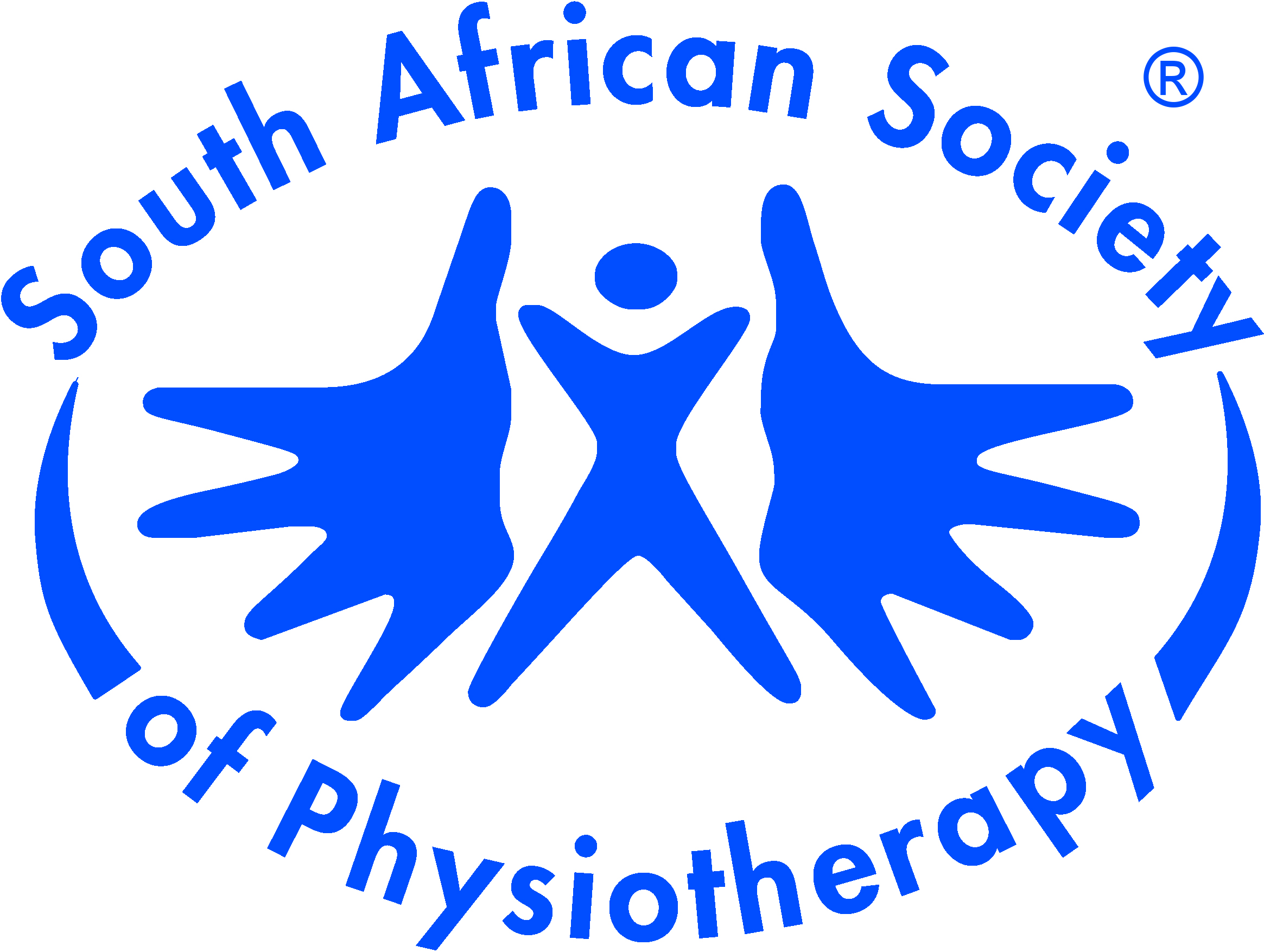Original Research
Inspiratory muscle training in children and adolescents living with neuromuscular diseases: A pre-experimental study
Submitted: 23 March 2021 | Published: 31 August 2021
About the author(s)
Anri Human, Department of Physiotherapy, Faculty of Healthcare Sciences, Sefako Makgatho Health Sciences University, Garankuwa, Pretoria, South Africa; and, Department of Health and Rehabilitation Sciences, Faculty of Health Sciences, University of Cape Town, Observatory, South AfricaBrenda M. Morrow, Department of Paediatrics and Child Health, Red Cross War Memorial Children’s Hospital, University of Cape Town, Rondebosch, South Africa
Abstract
Background: Children with neuromuscular diseases (NMD) are at risk of morbidity and mortality because of progressive respiratory muscle weakness and ineffective cough. Inspiratory muscle training (IMT) aims to preserve or improve respiratory muscle strength, thereby reducing morbidity and improving health-related quality of life (HRQoL).
Objectives: To describe the safety and feasibility of a 6-week IMT programme using an electronic threshold device (Powerbreathe®). Any adverse events and changes in functional ability, spirometry, peak expiratory cough flow (PECF), inspiratory muscle strength and HRQoL (Pediatric Quality of Life [PedsQL]) were recorded.
Methods: A convenience sample of eight participants (n = 4 boys; median [interquartile range {IQR}] age: 12.21 [9.63–16.05] years) with various NMD were included in a pre-experimental, observational pre-test post-test feasibility study. Training consisted of 30 breaths, twice daily, 5 days a week, for 6 weeks.
Results: There were significant pre- to post-intervention improvements in upper limb function and coordination (p = 0.03) and inspiratory muscle strength: maximum inspiratory mouth pressure (Pimax) (p = 0.01); strength-index (p = 0.02); peak inspiratory flow (PIF) (p = 0.02), with no evidence of change in spirometry, PECF or HRQoL. No adverse events occurred and participant satisfaction and adherence levels were high.
Conclusion: Inspiratory muscle training (at an intensity of 30% Pimax) appears safe, feasible and acceptable, in a small sample of children and adolescents with NMD and was associated with improved inspiratory muscle strength, PIF and upper limb function and coordination.
Clinical implications: Larger, longer-term randomised controlled trials are warranted to confirm the safety and efficacy of IMT as an adjunct respiratory management strategy in children with NMD.
Keywords
Metrics
Total abstract views: 2715Total article views: 2739
Crossref Citations
1. Suitability of the Respicheck questionnaire and Epworth sleepiness scale for therapy monitoring in myotonic dystrophy type 1
Eva Heidsieck, Kristina Gutschmidt, Benedikt Schoser, Stephan Wenninger
Neuromuscular Disorders vol: 33 issue: 10 first page: 754 year: 2023
doi: 10.1016/j.nmd.2023.08.012
